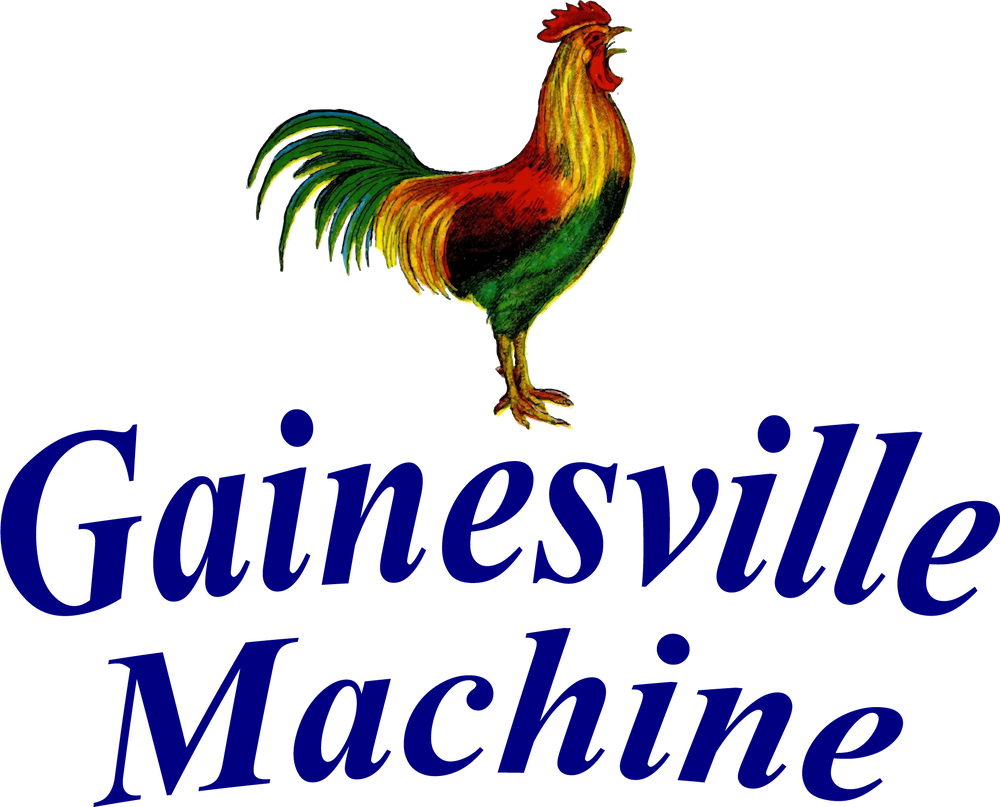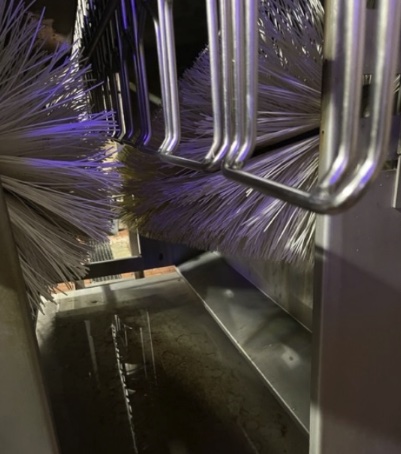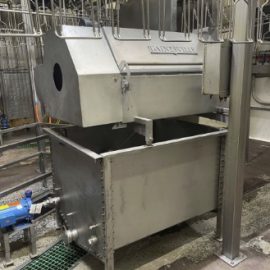Key Functions of a Fecal Brush
- Cleaning:
- The brush scrubs the vent area of the poultry carcass to remove any fecal material.
- This process helps to maintain cleanliness and reduce the risk of contamination.
- Hygiene:
- Using a fecal brush ensures that the carcass meets hygiene standards, important for food safety.
- It helps prevent the spread of bacteria and other pathogens.
Components of a Fecal Brush System
- Brush Heads:
- Typically made of durable, food-safe materials designed to effectively scrub without damaging the carcass.
- Automated Mechanism:
- The brush is often part of an automated system that ensures consistent and thorough cleaning as carcasses pass through on a conveyor.
- Water Spray:
- Some systems include a water spray to assist in the cleaning process, ensuring that debris is washed away.
Advantages
- Improved Hygiene:
- Ensures that fecal matter is removed, enhancing the overall cleanliness of the carcass.
- Efficiency:
- Automates a tedious task, speeding up the processing line and ensuring consistent results.
- Food Safety:
- Reduces the risk of contamination, helping to meet food safety regulations.
Application
- Poultry Processing:
- Used on chickens, turkeys, and other poultry to clean the vent area before further processing or packaging.




